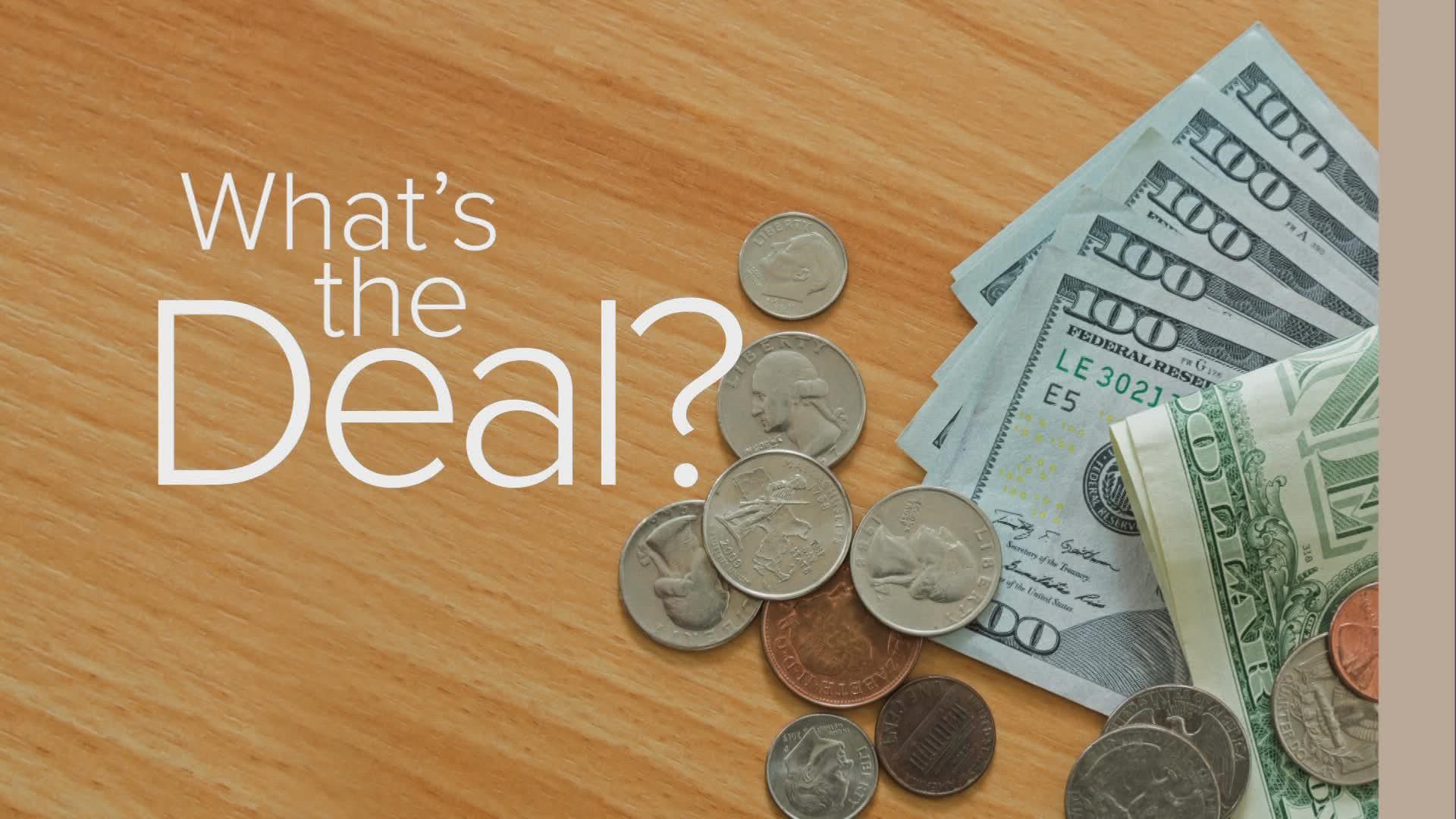INDIANAPOLIS — Our portfolio, or assets, can be looked at like pie pieces. There's our house, maybe a second house and investments, including stocks and bonds. And, advisors tell us to mix investments up, or diversify. That way all of our eggs aren't in one basket when the economy changes.
Because of the inflation going on, a certain type of savings bond is doing well.
It's called an I Bond, short for inflation bond, and it's issued by the federal government.
Larry Belcher is the dean of the University of Indianapolis' business school. He said unless the government defaults, their bonds are safe.
"If the government defaults, you got a lot more to worry about than your bonds," Belcher joked.
I Bonds differ from other savings bonds because they earn interest based on two factors— a fixed rate and the inflation rate.
"The base rate doesn't change throughout the life of the bond, but the variable rate gets adjusted every six months," Belcher said.
While the fixed rate is 0.00% right now, the inflation rate is 7.12% because of the economy. The existing inflation rate expires in April 2022.
But even if the inflation rate turns negative in the future, Belcher said your fixed rate is the backup plan.
"This is one of those maybe sleep better at night types of investments because you're guaranteed in this case that it's never going to go below zero. You're not going to lose your principal," Belcher said.
You can cash the bond after 12 months. However, the U.S. Department of the Treasury notes if you cash the bond before it is five years old, you lose the last three months of interest.
I Bonds can be bought from the Treasury on the Treasury Direct website. There, you can look at the rate history and decide if it is something you want to do.
Belcher said that Treasury inflation-protection securities, or TIPS, are another type of bond that the U.S. government offers that is inflation-protected. However, they are not as accessible as savings bonds.

